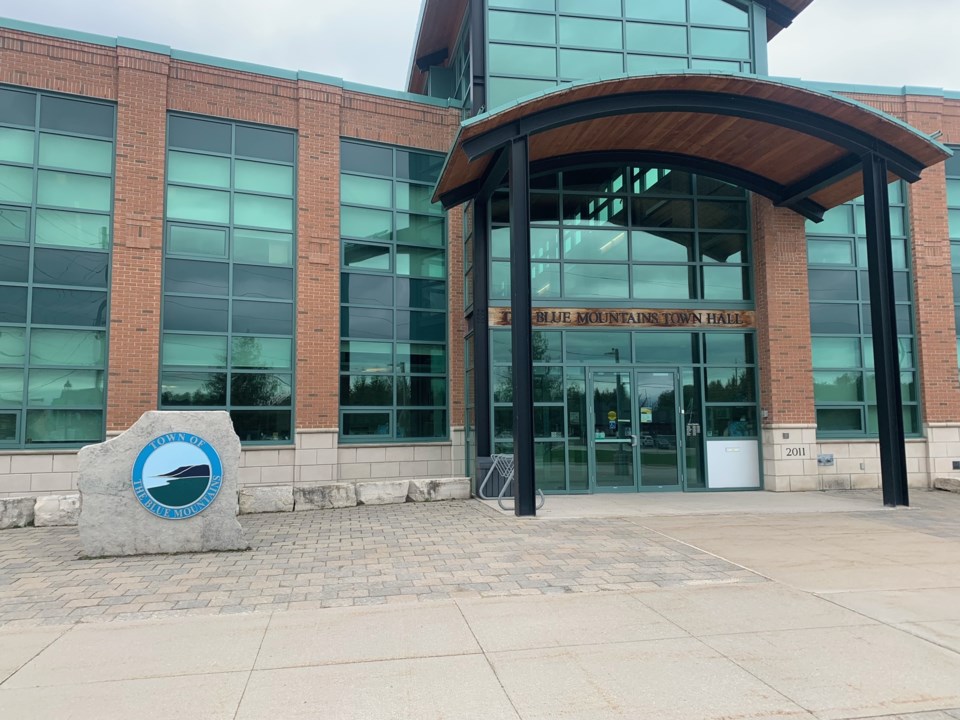The Blue Mountains council has made $250,000 available to local businesses and property owners through its two Community Improvement Plans.
Council made the decision at its committee of the whole budget meeting on Feb. 2. In 2021, the town approved the creation of two Community Improvement Plans - the Housing Within Reach Community Improvement Plan and the town-wide Revitalization Community Improvement Plan. The plans are tools that provide grants or loans to private property owners and tenants to assist with the financing of improvement projects.
There are 18 programs available through the two plans. The Housing Within Reach program includes: Attainable Housing Feasibility Grant, Development Charges Grant Equivalent Program, Tax Increment Equivalent Program, Municipal Fees Grant or Loan Equivalent Program, Downtown Apartment Rehabilitation or Conversion Program, Additional Residential Unit Program, Surplus Land Grant Program and Landbanking Policy.
The town-wide Revitalization Community Improvement Plan includes: Study and Design Grant Program, Building Façade and Signage Grant Program, Building Improvement and Renovation Program, Tax Increment Equivalent Program, Brownfield Tax Assistance Program, Municipal Fees Grant Equivalent Program, Property Enhancement and Improvement Program, Energy Efficiency Improvement Program, Vacant Building Conversion or Expansion Program and Destination Infrastructure Grant.
“These are tools the municipality can use to support economic development,” said Tim Hendry, manager of economic development and communications.
The choice for council was deciding how much money to make available for the two programs. The funding is dispersed through an application process that is approved by council. Staff explained that the town currently has just over $515,000 in reserve for the program. The town has set aside funds it has received from land sales and has also received money from Grey County for the programs.
In the proposed 2023 budget, staff had put $400,000 from the reserve for the program, but said the final number is entirely up to the council.
Staff also noted that they expect a further $1 million to soon be coming forward to the fund from the results of a recent Ontario Land Tribunal settlement.
“I’d like to put this money to work. We have a lot of needs,” said Coun. Paula Hope.
Members of council had a number of questions about the program and the issue of the program’s sustainability moving forward emerged as a theme. Members of staff said it was difficult to project what the programs will cost as this is the first year the money is available.
Adam Smith, director of planning and development services, explained that the ultimate goal of the various programs is to assist the community with improvements to their properties. He said all applications through the program come back to council for the final decision.
“We hope there are more applications than funds,” said Smith. “It may be challenging to fund every project that comes forward if it is hugely popular and successful.”
CAO Shawn Everitt said if the programs turn out to be successful, council will need to have a future conversation about how they are funded in the future.
“Eventually, you could have to put money in from taxation,” said Everitt. “In the future, taxation may be the source of money for the Community Improvement Plan.”
Deputy mayor Peter Bordignon suggested the town make $250,000 total (just under half the current reserve balance) available for the program.
“Maybe the applications come in at $500,000 and we spend it all, maybe they come in at $50,000,” he said.
The majority of council agreed and voted 5-2 to set the amount available through the programs at $250,000. Councillors June Porter and Alex Maxwell were opposed.
